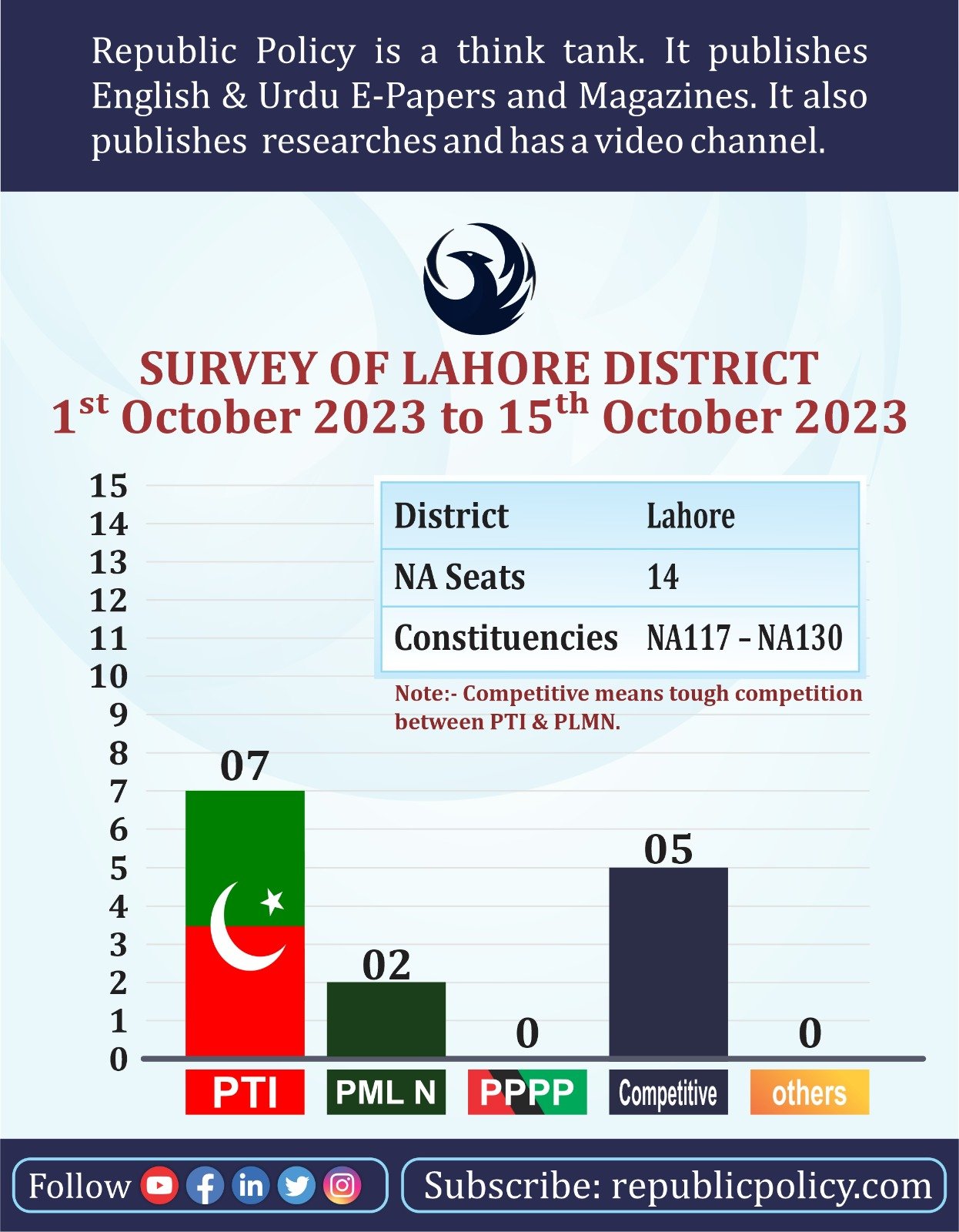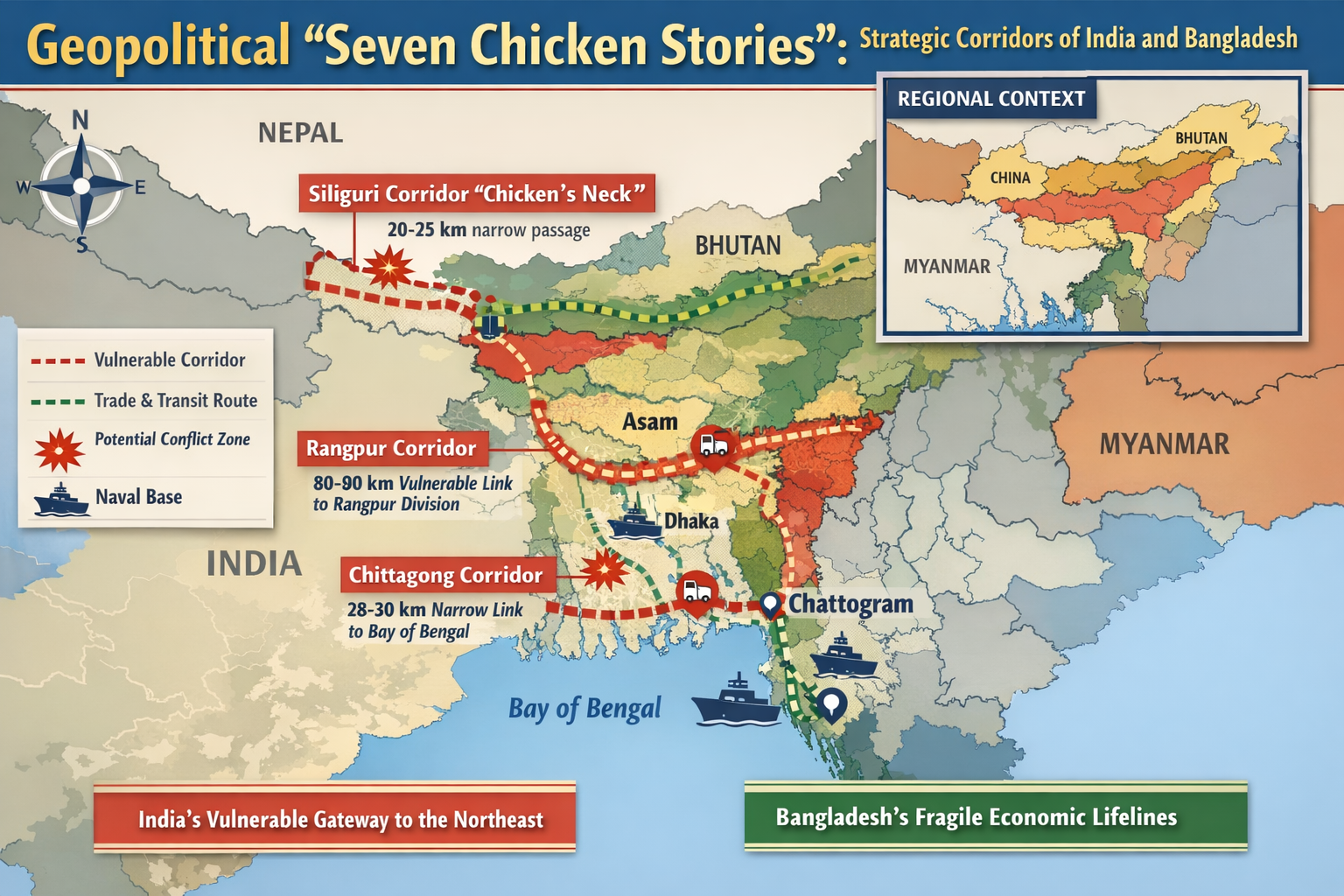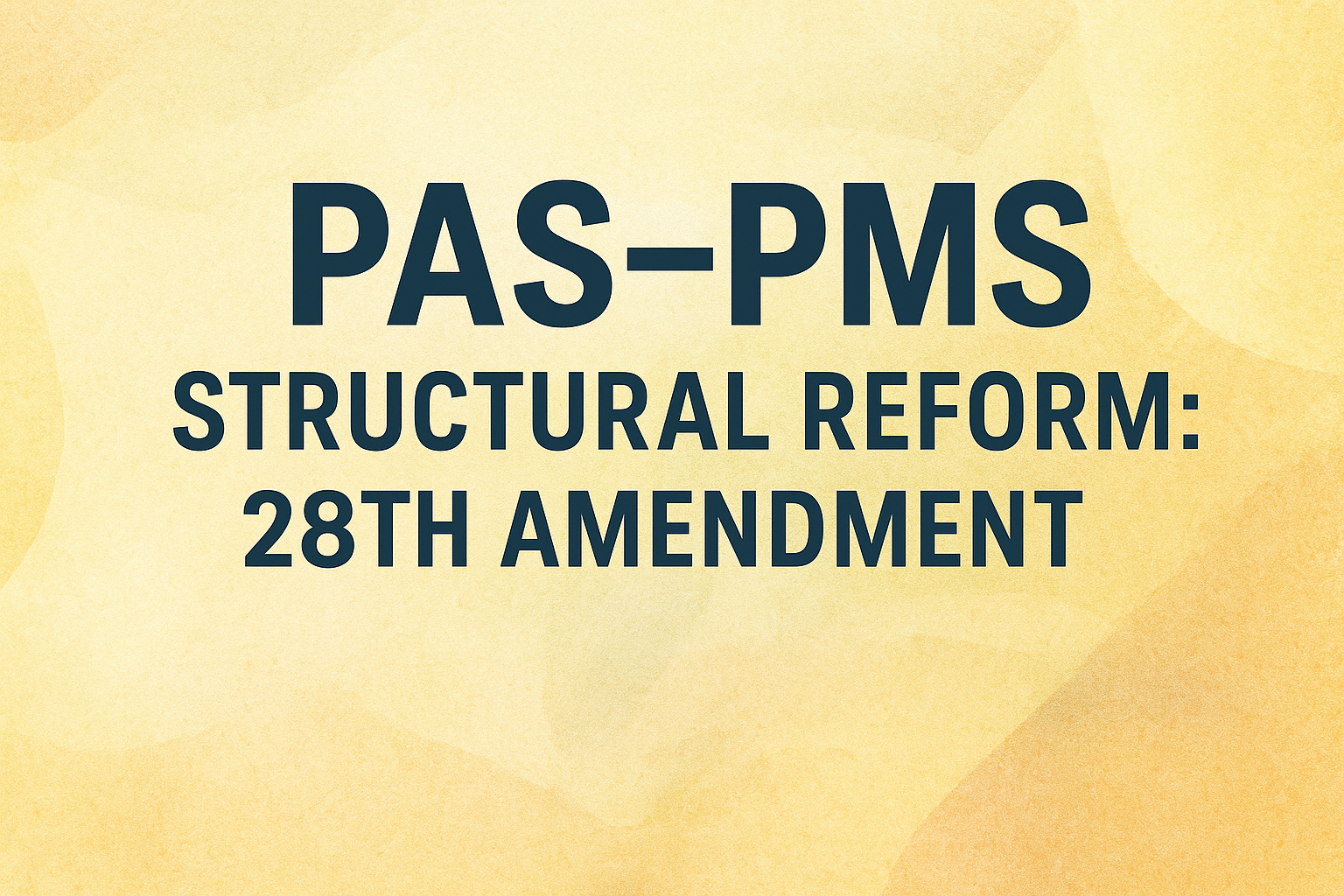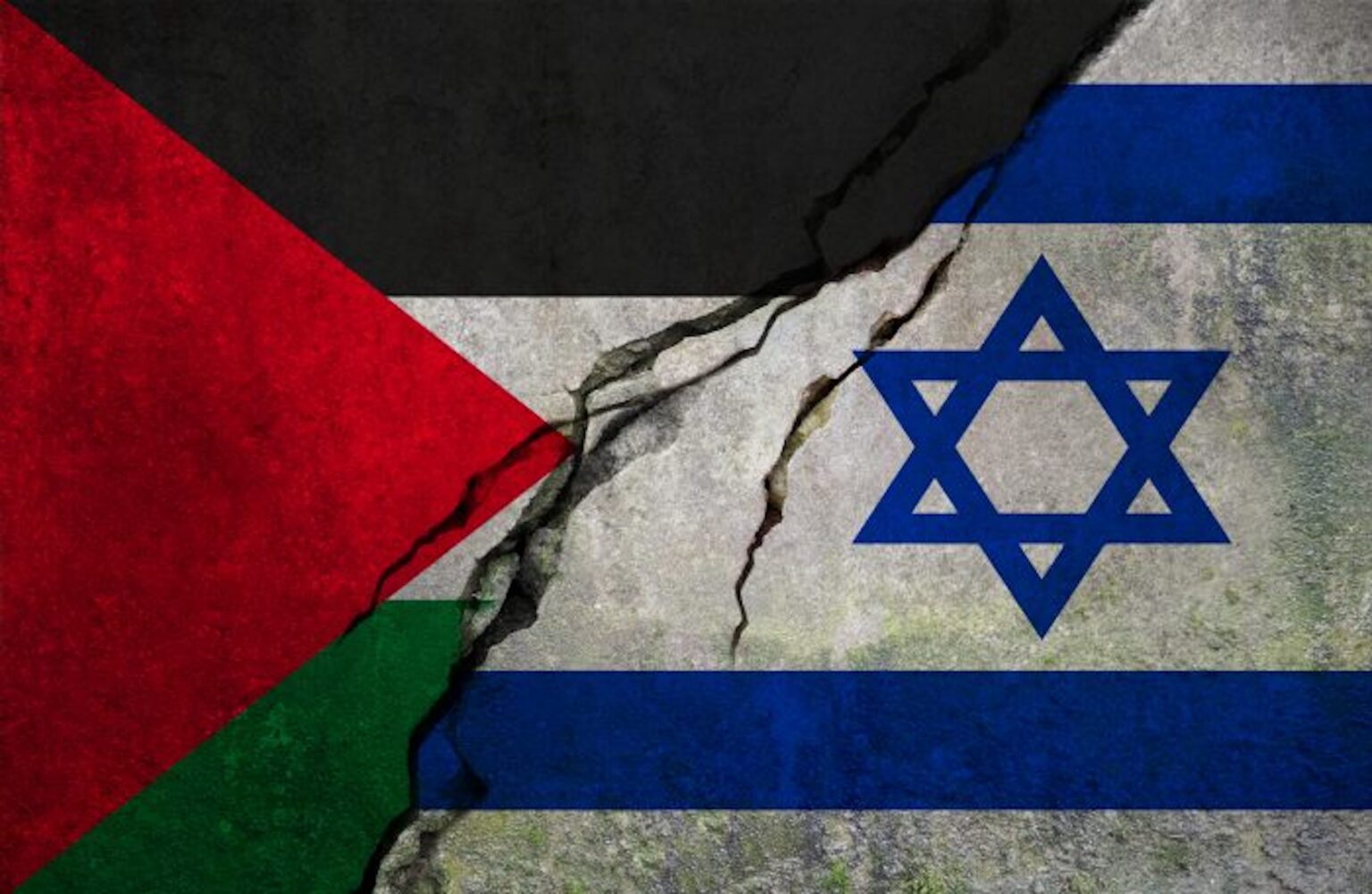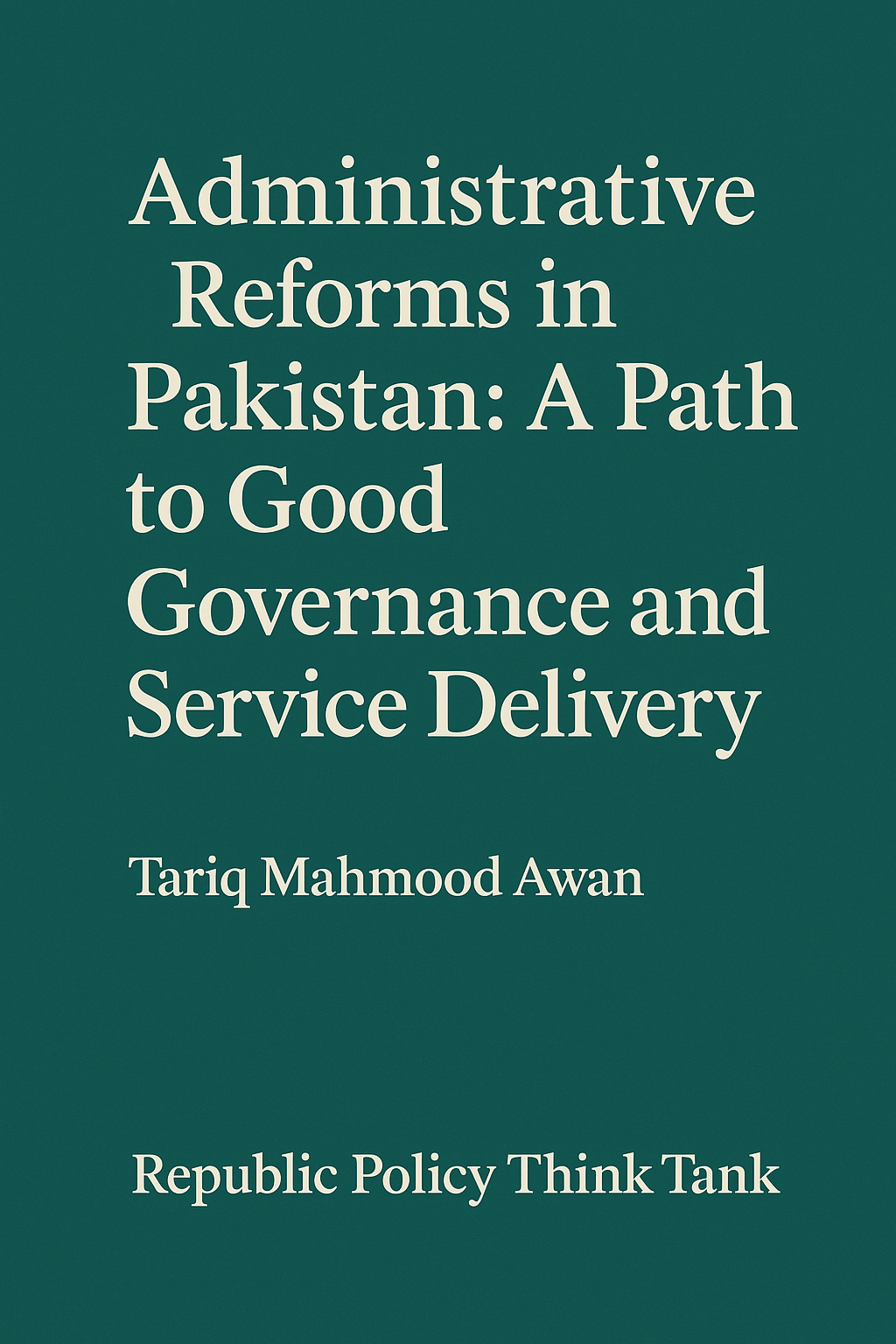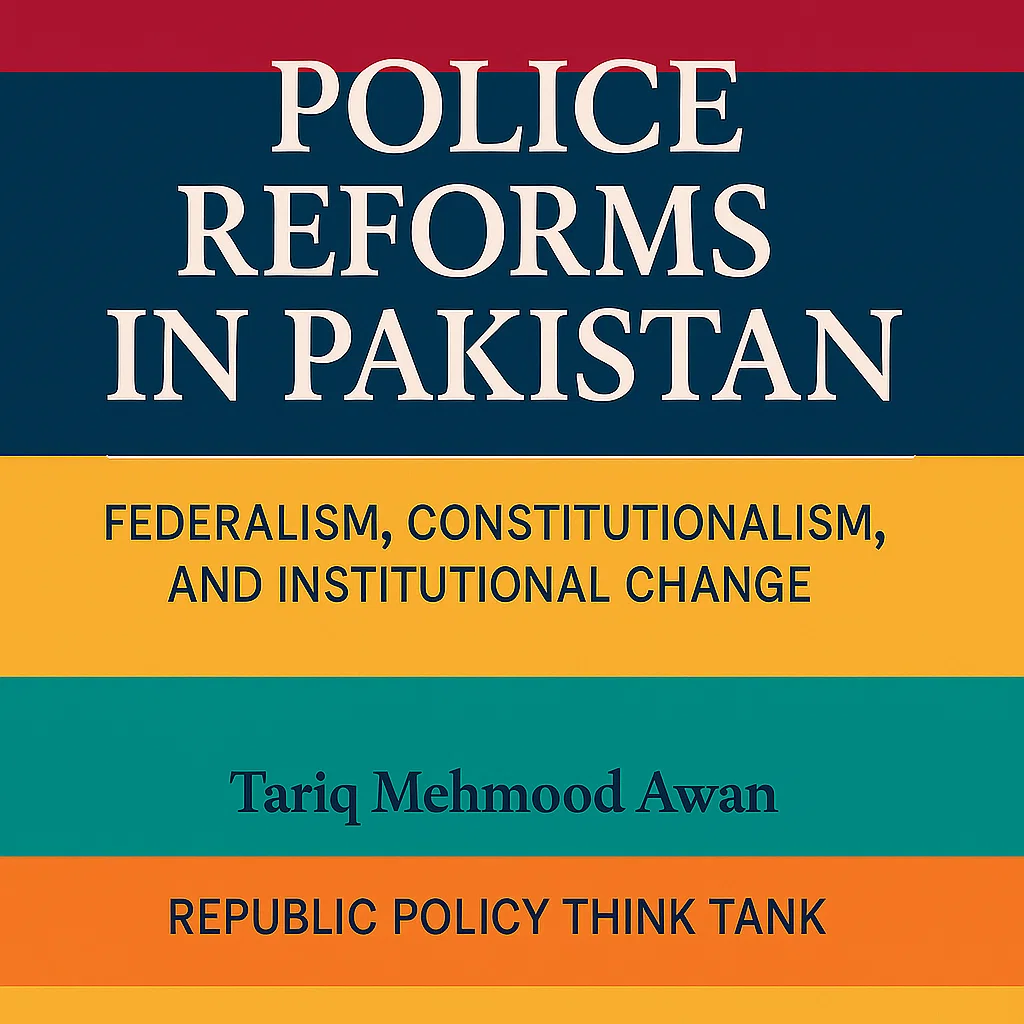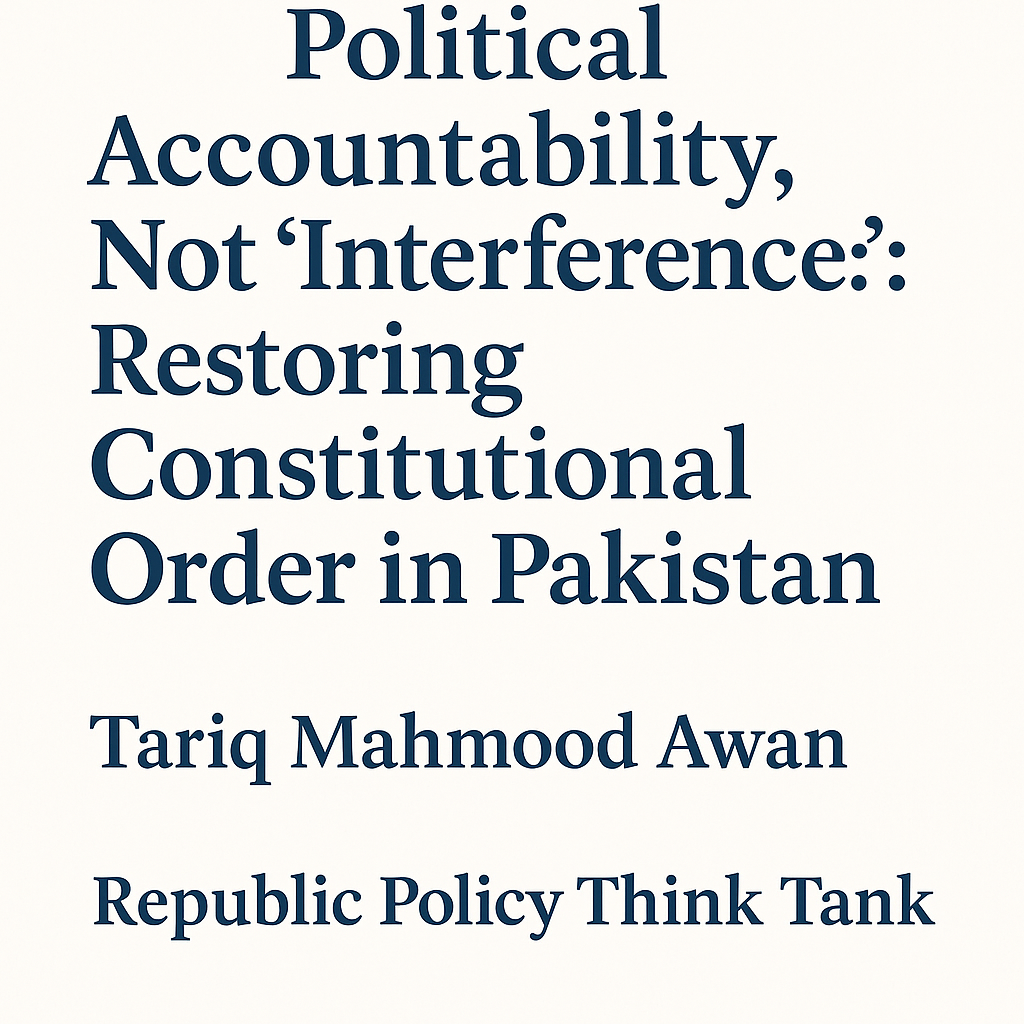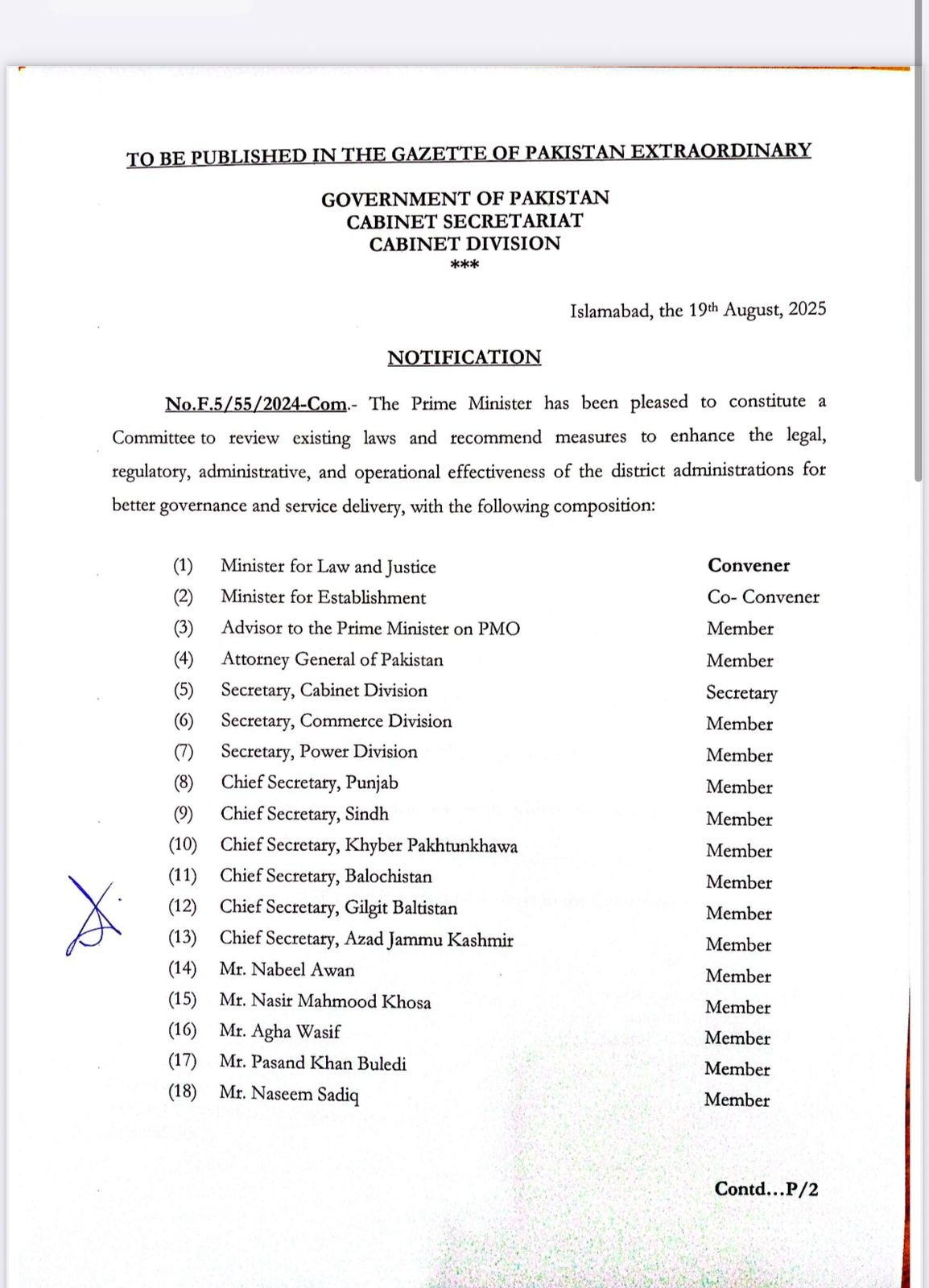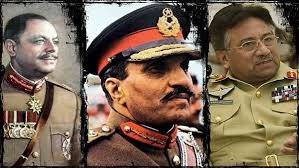The report is compiled by Tahir Maqsood Chheena, Syed Ahsan Ali and Hafeez Ahmed Khan
Pakistan is a Federal Republic according to Article 1 of the Constitution of Pakistan. Therefore, the government will be formed by the people’s chosen representatives. Then, Pakistan has a parliamentary form of governance. The parliament of Pakistan is bicameral. It consists of the National Assembly, Senate and the president of Pakistan. Article 52 of the Constitution of Pakistan provides five years as the term of the national assembly. According to Article 224, the Election Commission of Pakistan is responsible for conducting free and transparent elections. The Election Commission of Pakistan has announced the election date in January 2024 for both National and Provincial assemblies.
As elections are around the corner, therefore, it is essential to measure the political trends. Therefore, as an organization, Republic Policy often conducts different types of polls, surveys and voting to know and measure political trends. Accordingly, Republic Policy has conducted a constituency-based survey of National Assembly seats in Lahore. It is critical to know that it is a constituency politics in Pakistan. Therefore, the primary survey can only determine who wins how many constituencies. The other derivative measurements are presidential, like a popular leader or party, which might not be central to constituency politics.
A constituency-based election survey is a type of survey that collects data on the opinions and preferences of voters in a specific electoral district or constituency. Such surveys are conducted to understand the political behaviour and attitudes of the electorate, as well as to predict the outcome of an election based on various factors.
Election-based surveys are conducted for various reasons, such as to measure the level of support and satisfaction for different political parties, candidates, and policies among the voters and to identify the key issues and concerns that influence the voting decisions of the voters.
Furthermore, they are conducted to assess the impact of demographic, social, and economic factors on the voters’ voting behaviour alongside evaluating the effectiveness of campaign strategies and communication methods used by the political actors. Then, providing feedback and guidance for the political actors to improve their performance and appeal to the voters is also critical. Surveys are meant to collect data so that policy derivatives may be developed. A survey is always dependent upon the questionnaire and the methodology of the survey. A survey can only be evaluated through the methodology of the survey.
Election-based surveys can be conducted using different methods, such as:
Face-to-face interviews: This method involves interviewing a representative sample of voters in person, using a structured or semi-structured questionnaire. This method can provide rich and detailed data, but it can also be costly and time-consuming.
Telephone interviews: This method involves calling a random or selected sample of voters and asking them questions over the phone. This method can be faster and cheaper than face-to-face interviews, but it can also suffer from low response rates and potential biases.
Online surveys: This method involves sending an electronic questionnaire to a panel or a list of voters who have agreed to participate in online surveys. This method can be convenient and flexible, but it can also have issues with sampling quality and validity.
Mail surveys: This method involves mailing a paper questionnaire to a sample of voters and asking them to return it by post. This method can be simple and inexpensive, but it can also have low response rates and delays in data collection.
Election-based surveys can provide valuable insights into the political landscape and dynamics of a constituency, as well as help the political actors tailor their messages and actions to the needs and preferences of the voters. However, election-based surveys also have some limitations, such as:
Sampling errors: This refers to the possibility that the sample of voters surveyed may not accurately represent the population of voters in the constituency. This can affect the reliability and generalizability of the survey results.
Measurement errors: This refers to the possibility that the questions asked in the survey may not capture the true opinions and preferences of the voters. This can affect the validity and accuracy of the survey results.
Response errors: This refers to the possibility that the respondents may not answer the survey questions honestly or consistently. This can affect the quality and credibility of the survey results.
Therefore, election-based surveys should be designed and conducted carefully, using appropriate methods and techniques, to ensure that they produce reliable and valid data that can inform and improve the political process. Accordingly, Republic Policy has conducted a constituency-based survey of the Lahore district. Earlier, Republic Policy introduced constituency-based surveys in Pakistan. Therefore, primary data has been collected constituency-wise. Furthermore, constituencies are divided among union councils. Lahore has 274 union councils. The basic unit of the survey is the union council. Then, there is at least a sample size of 25 voters per UC with five feedbacks. Hence, the sample size is 6850. The duration of the survey is from 1st October 2023 to 15th October 2023. The union councils are the political measurement of the Local government department of Punjab, whereas the Election Commission of Pakistan divides the constituencies upon populations. Delimitation of 2022 is used for collecting data for the survey of Lahore.
Methodology of the Survey:
It is very significant to understand the methodology of the survey. The first part is that it is a constituency-based survey. The constituencies from NA-117 to NA-130 are distributed for data collection, with the Union Council as the basic unit.
The questionnaire is one:
Which political party will you vote for if elections are held today?
The data in line with the questionnaire is further taken from two sources.
- Data is collected from the common voters, at least 25 from each UC comprising of an NA constituency.
- Data is collected from different representative communities in the NA constituency.
Thus, data is compiled accordingly. Then, the primary data is measured with five feedbacks to measure the political trend of the constituency.
The five pieces of feedback are the following:
- Who is the most popular political leader?
- Who is the most popular political party?
- Who is the most favourite candidate of the constituency?
- What is the first preference to vote?
- Who is the second-most favourite leader, party or candidate to vote?
The Survey of Lahore:
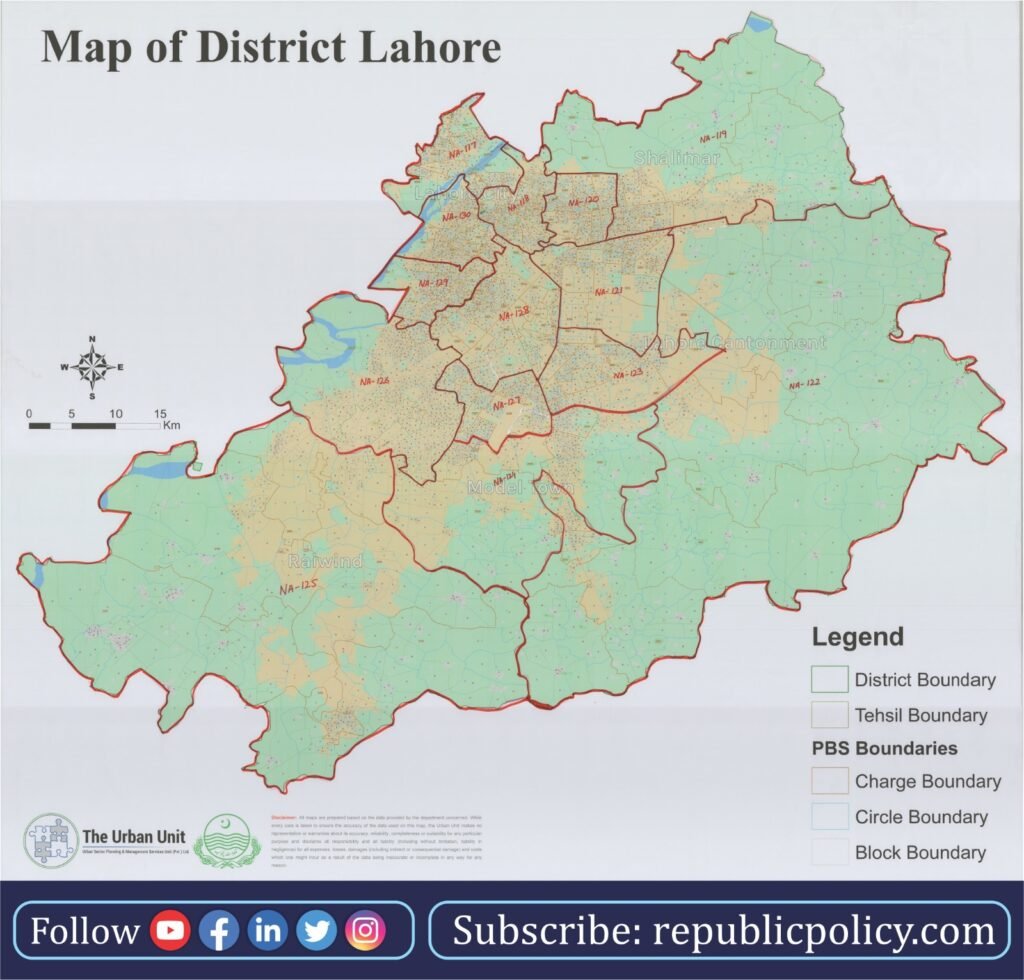
Lahore is the capital of the province of Punjab and the most important political district in Punjab. Two of the most popular leaders of Pakistan hail from Lahore; therefore, there is a rivalry between them. Then, Lahore has social, cultural, political and economic significance for the whole of Punjab, as it influences the social, cultural and political trends of Punjab. Lahore has 14 National Assembly seats. Last time, PMLN grabbed 10 NA seats compared to the 04 seats of PTI. Later on, Khawaja Saad Rafiq also won the seat vacated by Imran Khan, defeating Hamayun Akhtar Khan.
The political landscape of Lahore in 2023 will be dominated by the rivalry between PTI and PML-N, the two main parties that have been competing for the city’s votes and seats since 2018. Presently, the PTI chairman is behind bars, whereas President PMLN is all set to come to Lahore on 21st October 2023.
Some of the factors that could shape the political landscape of Lahore in 2023 are:
Performance: The performance of the federal and provincial governments, led by PTI and later by PDM, will be a major factor in influencing the voters’ preferences and perceptions. PTI came to power in 2018 with a promise of change and reform but has faced many challenges and criticisms in delivering its agenda. The issues of inflation, unemployment, corruption, governance, security, and foreign policy might have been crucial in determining public satisfaction and trust in PTI. However, the regime change has entirely changed the perception of the people. Now, the incumbency factor is with PMLN, which has been criticized for inflation and ineffective governance. On the other hand, PML-N is now trying to highlight its achievements and projects during its previous tenure, especially in Punjab and Lahore, where it implemented many development and infrastructure schemes. The performance of the interim government, which was formed in August 2023 to oversee the election process, will also be important in ensuring a fair and transparent election.
Campaign: The campaign strategies and tactics of both parties will be another factor in shaping the political landscape of Lahore in 2023. Both parties will try to mobilize their supporters and attract new voters through rallies, processions, advertisements, social media, door-to-door visits, etc. The campaign will also involve alliances and coalitions with other parties and groups, such as the Sunni Ittehad Council and Majlis Wahdat-e-Muslimeen (MWM), which are supporting PTI in some constituencies. The campaign will also involve personal attacks and accusations between the leaders and candidates of both parties, as well as appeals to the emotions and sentiments of the voters. However, presently, it seems that PTI is not finding the appropriate opportunities to do the election campaigns. However, election campaigns are critical for winning constituencies.
Turnout & Polling Day Management: The turnout of the voters will be a decisive factor in determining the outcome of the election. According to the Election Commission of Pakistan (ECP), the general elections are scheduled to take place in the final week of January 2024. The weather conditions, security situation, public awareness, and motivation will affect the turnout of the voters. Generally, a higher turnout is expected to favour PTI, as it has a loyal and committed vote bank in Lahore. A lower turnout is expected to favour PMLN, as it has a more traditional and orthodox voter base. However, there could be surprises and variations depending on the local dynamics and circumstances of each constituency.
Findings of the Republic Policy Survey:
The Lahore has a unique political variation. North Lahore was more inclined to PMLN in the 2018 elections. However, this time around, there is competition between PMLN and PTI. The border areas of Lahore have different voting patterns. PMLN is still strong there, but PTI is also competitive here. Coming to Sourthern and the central part of Lahore, PTI has gained a lot here and is leading the constituencies. Then, the western part is also competitive, with PTI in the lead. The interior Lahore is still a stronghold of PMLN; however, PTI has also gained here substantively. The new settlements in Lahore have given PTI a better opportunity because, with new voters, the traditional voting patterns in favour of PMLN are challenged.
The youth is predominately with PTI. Whether in fashionable communities or conservative, the youth have a better tilt towards PTI. The Republic Policy team have visited several colleges and universities, and almost the majority of students are with PTI, irrespective of gender. Republic Policy has also taken feedback from different communities of professions. The professionals, public servants, teachers and other white-collar employees are mostly with PTI. Still, PMLN has a strong presence among traders. However, the presence is comparatively less due to inflation caused by the PDM government.
Even in Lahore, most people will still vote for inflation. Then, an educated class is tilted towards voting for democracy, the rule of law and justice. The caste system is not as strong as it is in other districts. Still, they will influence marginally on a few constituencies in the northern and eastern parts of Lahore.
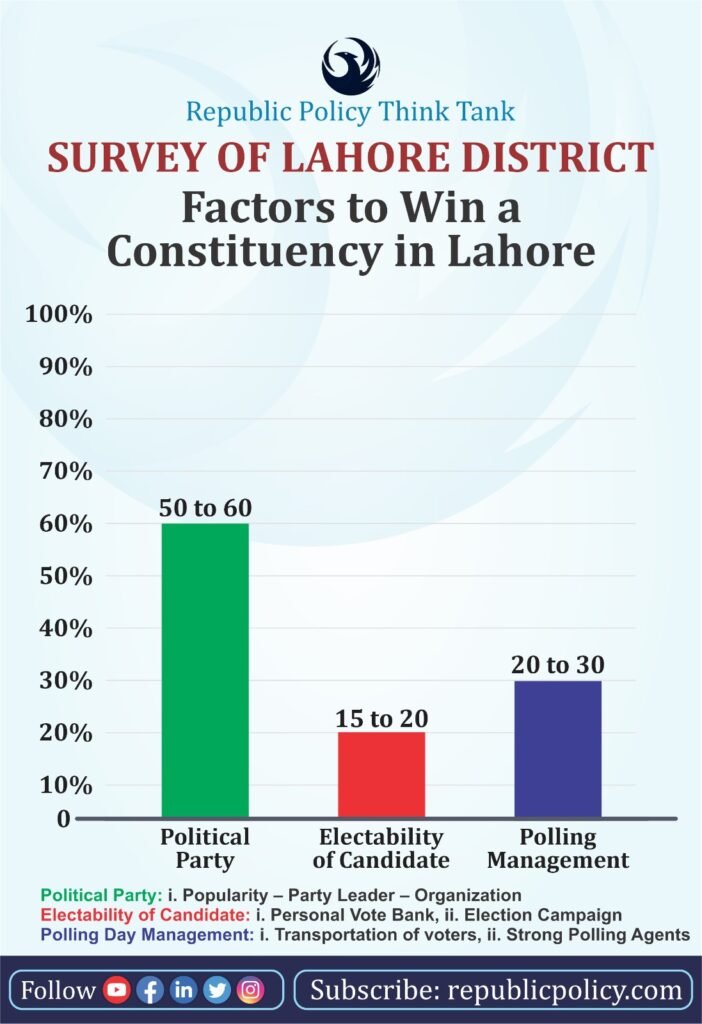
In Lahore, the affiliation with political party is very strong unlike other districts. Mostly, the role of political party will be decisive. Then, electability of the candidate is important but not too much. Polling management is always crucial. However, the competition in all 14 NA constituencies will be between PTI and PMLN.
As per the data of the survey, majority of voters up to 60 percent intend to cast votes for the political parties. In Lahore, the symbol of political parties will be the decisive factor. Therefore, independent or other candidates may find it hard to contest the elections. Aleem Khan has some influence in one of the NA constituencies due to his social work, however, that may not be sufficient for him to win the constituency without support of PTI or PMLN. Then, in Raiwind and border areas, there are some personal votes. Samina Khalid Ghurki still carries personal vote bank, however, it may not be sufficient for her to win the NA constituency.
Therefore, mediocre candidates with the symbols of PMLN and PTI stand better chances to win the NA constituencies. Accordingly, PTI has a strong case in Lahore if they are printed on the ballots in the constituencies.
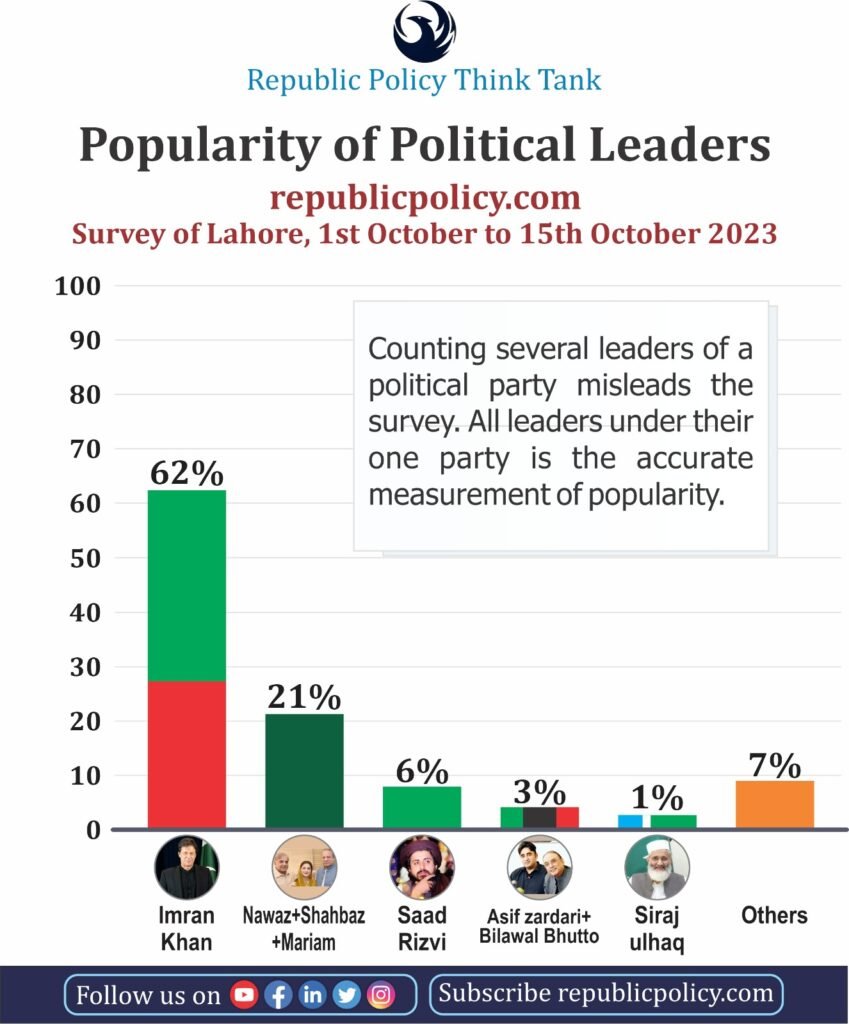
According to the data of 274 union councils, Imran Khan is the most popular leader followed by the leaders of PMLN. There is a sympathy wave for Imran Khan and it is the primary reason of his popularity. Nawaz Sharif is the only popular leader of PMLN. Shahbaz Sharif and Mariyam Nawaz Sharif do not have the approval rate of the voters, even among the PMLN supporters. Saad Rizvi is the third most popular leader in Lahore. Imran Khan is popular among youth and educated class of Lahore. Republic Policy team visited a university for data collection, and when opinion was sorted out from a classroom, there were 40 students there, and almost 35 of them, approved Imran Khan over all other leaders. This is the level of Imran Khans popularity among educated youth in Lahore.
It is critical for a political leader to remain popular among common masses. Imran Khan is the only leader, who has a popular support base among all categories of voters. Muhammad Nawaz Sharif is popular primarily among the PMLN workers, voters and supporters. He is lacking the popular support of the voters. Then, the vote bank of PMLN is due to Muhammad Nawaz Sharif. Other PMLN leaders are not so much popular among PMLN supporters especially Shehbaz Sharif who is blamed for the falling popularity of PMLN after his performance as PM of Pakistan during the PDM government.
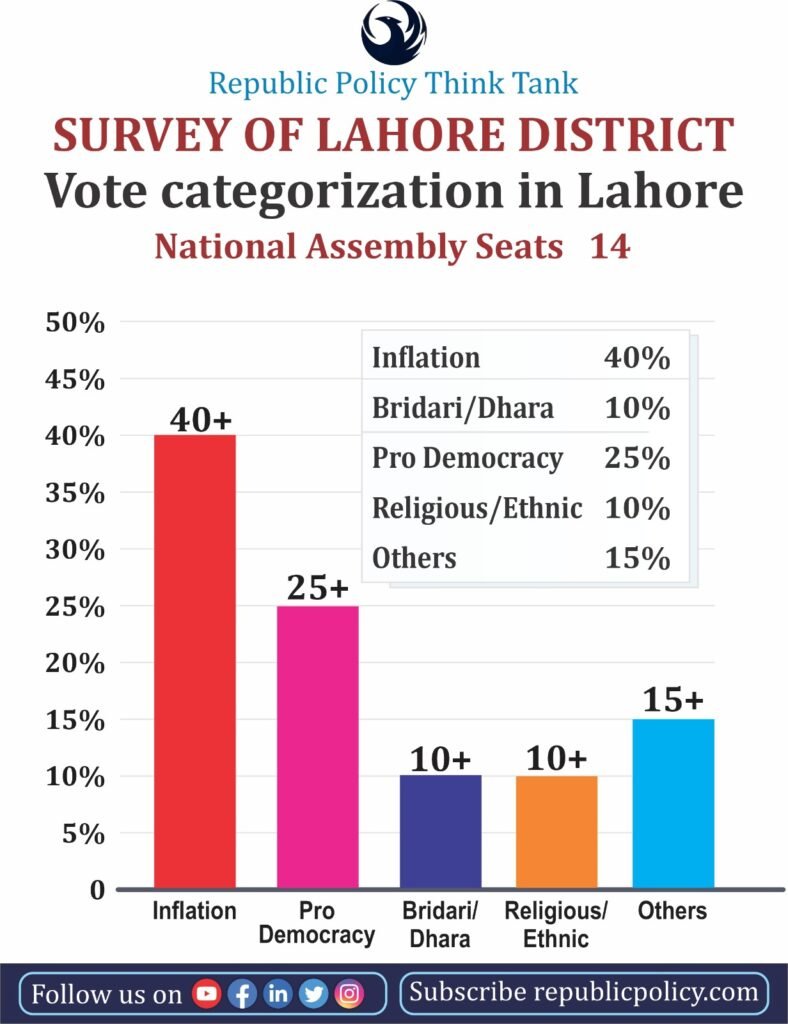
Vote categorization is significant to understand the methodology of the survey. It is the inflation which is the primary cause of voting in Lahore. Especially, among lower middle class and poor communities, inflation is the primary drive to cast a vote. It is followed by pro-democracy votes in the urban district of Lahore. Among educated communities, there is more urge for rule of law, democracy, participation ,the right to elect governments and implementing of fundamental rights. Accordingly, the primary drive from them is to vote for those political parties which could uphold the spirit of democracy and rule of law. Biradri/Dhara is not that effective in Lahore as in other parts of Punjab. Religious/Ethnic affiliations are also there, but core voting pattern is inflation and pro-democracy vote. Then, both these factors were once with PMLN in the beginning of 2022 and before the regime change. However, now both these factors are with PTI.
The problem with PMLN is now the voting flow obstruction. PMLN only enjoys the support of workers and supporters. It seems the common voter is not with them. Then, to win an NA constituency in Lahore, there requires more than one lac votes, and it will not happen until common voters turn up to vote. The other problem with PMLN is that they seem lacking the ability to woo new voters. The new voters will play a significant role and most of them are tilting towards PTI who seems a fashionable choice than PMLN who is doing the politics of status-quo.
Voters are also of the opinion that caretaker government may be doing well as compared to PDM in the field of economy and inflation. In this scenario, if caretaker government performs reasonably well, the graph of PMLN will further recede. Furthermore, PMLN is trying to convince their voters that the era of Nawaz Sharif was good for the country, and if they are again voted in, PMLN under Nawaz Sharif will perform like they had been doing before. However, the voters in Lahore, are evaluating the performance of PMLN on the performance of PDM government and their slogan of ” vote ko Izzat do”.

The primary question of the survey is whom will you vote for if elections are held today? The survey is primarily conducted to measure the popularity of the political parties in the constituencies. PTI is the most popular political party followed by PMLN. TLP has also a vote bank of Brelvi sect. Then, there are a few pockets of JI, PPPP and others, mostly the candidates.
There are two primary reasons for PTI popularity. One is they are without incumbency factor and other is the sympathy wave. Most of the people feel that PTI is not being treated as per law. Furthermore, most of the voters also believe that it is their right to elect governments. This awareness is far stronger in Lahore than other parts of the Punjab.
It is critical for a political party to garner popular support. PTI is riding on the popular support because they do not have the incumbency factor. The burden of incumbency is on PMLN who has performed miserably in the PDM government according to the data collected by the republicpolicy.com. Off course, it is constituency politics in Pakistan due to parliamentary form of governance; however, popular party and leader support also matter. PMLN will manage NA constituencies through local government representees, party organizers, workers and strong candidates but they will find the ultimate challenge of not having the popular support. On the other side, PTI has a massive popular support in most of the constituencies in Lahore, and they can win constituencies even if they place mediocre candidates and put in mediocre election campaign. However, poling day management will be crucial for both the parties.
The Survey Results:
After collection of data through sample size of each Union Council within the National Assembly Constituency, and measuring that with five feedbacks, the survey results of the survey of Republic Policy show that PTI is leading 07 NA seats in Lahore followed by PMLN with 02 seats. Then, there is a tough competition between PTI and PMLN on 05 NA constituencies. All those constituencies, where the margin is less than 10 percent are placed in the category of competitive.
Baseline of the Survey:
The baseline of the survey is that the symbols of PTI and PMLN are present on the ballot box and there is no ballot rigging. Upon this baseline, the survey results are likely to match the coming results of NA constituencies in Lahore. However, the constituency politics is always tough to measure as electability of candidate, election campaign and polling day management are vital component to win the constituencies. The final results are as follows.
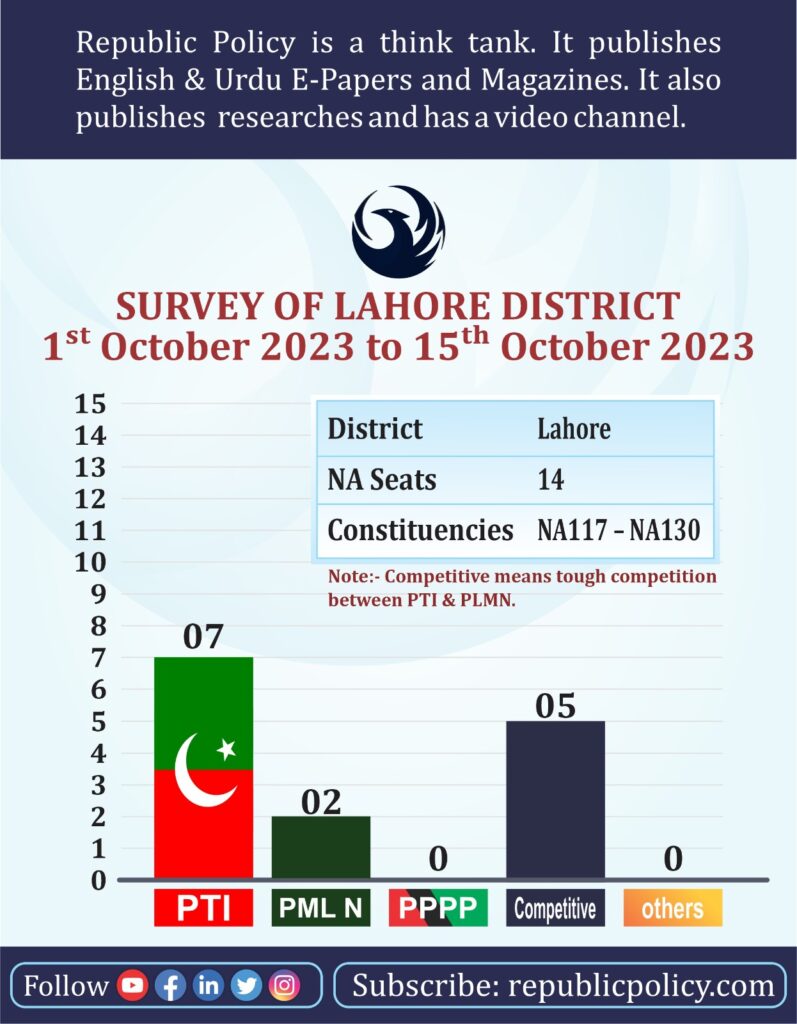
The detailed survey report will be published soon. Lastly, the primary objective of the survey is to collect data to measure the different political trends. The politics in Pakistan is always changing and the only constant factor is change. In constituency politics, even the last few days are critical, where voters may change their opinion due to the interests of the constituency politics.
It is also important to note that constituencies take influence from international, national, provincial and regional politics, however, they keep their particular political dynamics. Accordingly, it is critical to evaluate the each constituency by the political parties and work according the the structural and political dynamics of the constituencies. Lastly, in Lahore, the popular support is with PTI ranging from different age groups to social strata to economic classes to geographical distribution of the areas. Two third of the voters are young and they will be the determining factor to win constituencies. Consequently, it is here PTI is strong. PMLN faces multiple political and electoral challenges and their foremost challenge is to influence young voters to their political ranks.
Then, surveys are only a measurement of political trends provided in a given structure and circumstances. However, the election results are the final judgement of the will of the people.



